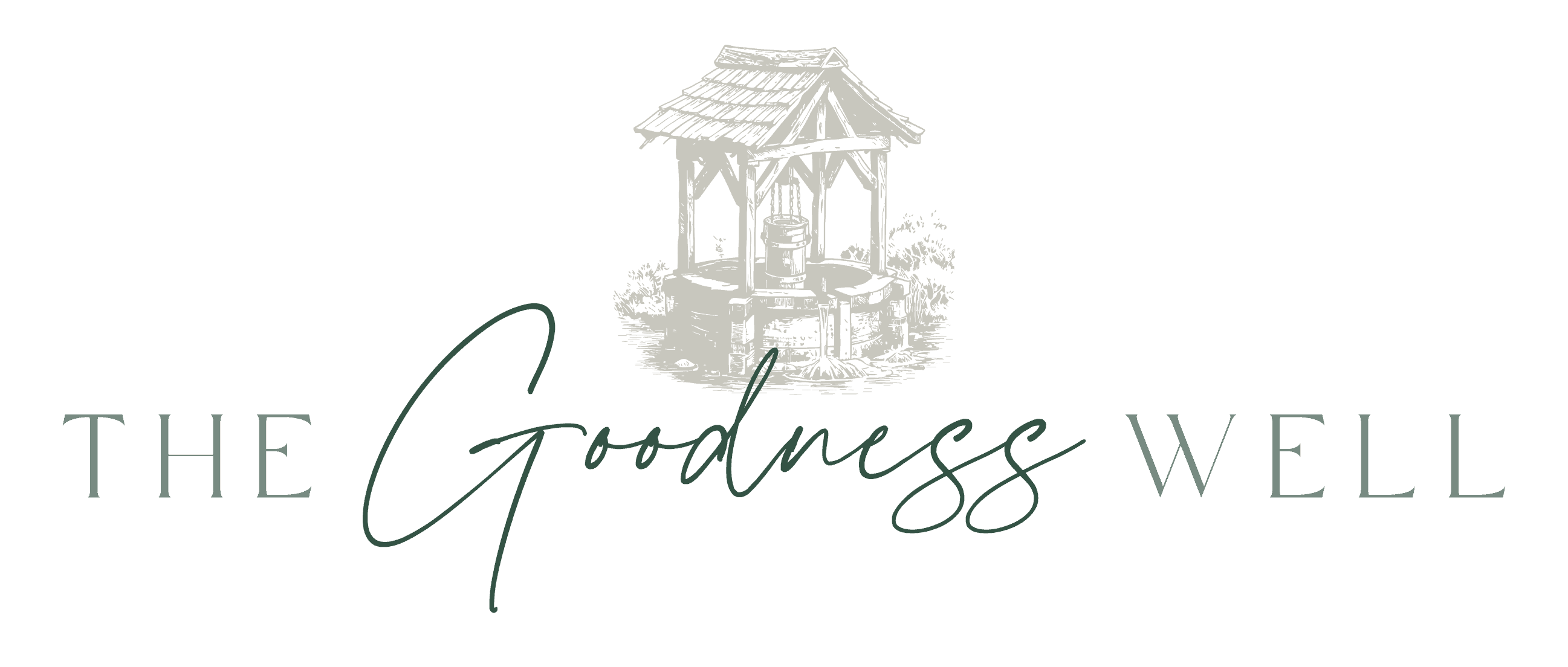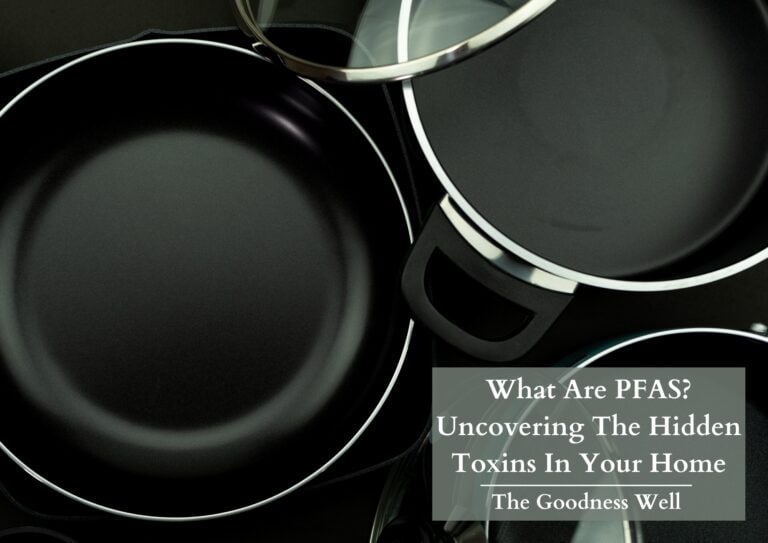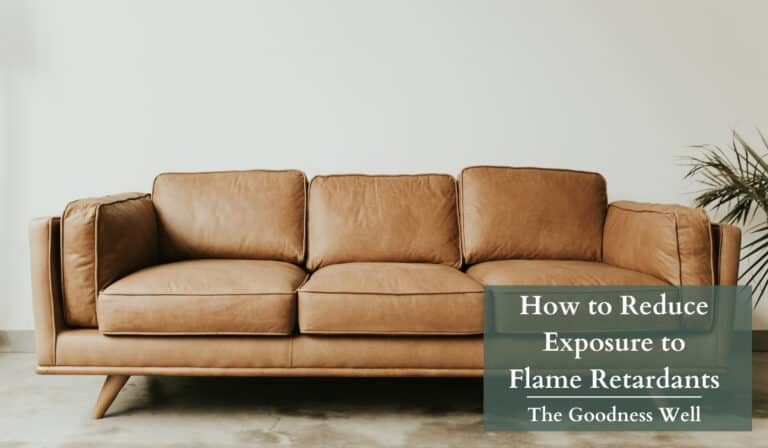5 Essential Tips Before Buying Used Furniture
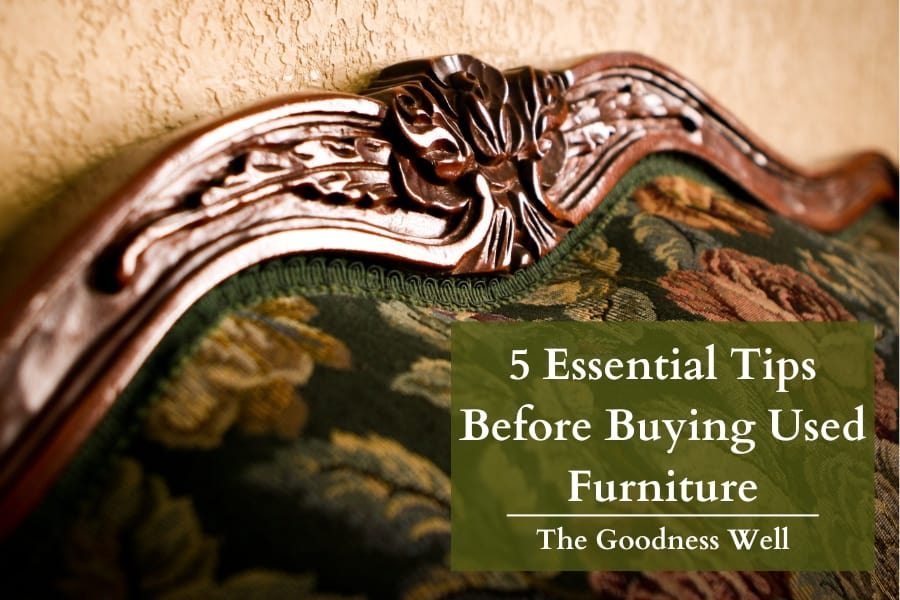
If you’re like me, you love a good thrift, and finding hidden gems whether it be a unique nicknack or some good old antique furniture.
…Or maybe you love buying secondhand because not only do you save money but you reduce fast furniture waste! We call that a win-win on a budget!!
Or maybe you’re just curious about what you could find but haven’t stuck your foot into the used furniture shopping world…
Regardless of what type of thrifty secondhand shopper you are, there are a few tips you NEED TO KNOW before buying used furniture, first time or not!
TL;DR
5 Essential Tips Before Buying Used Furniture
- Avoid Items That Contain Lead
- Don’t Buy These Items Used
- Know Your Skills & Consider Refurbishment Costs
- Check for Pests or Mold
- Can You Really Fix It?
5 Essential Tips Before Buying Secondhand Furniture
1. Avoid Items That Contain Lead
We all know lead is toxic but did you know that The Center for Disease Control and Prevention concluded that there is absolutely no level of lead that is safe… especially for children…
And a lot of modern furniture companies have lowered or nearly eliminated the amount of lead in their products, older furniture pieces could still contain dangerous amounts of lead.
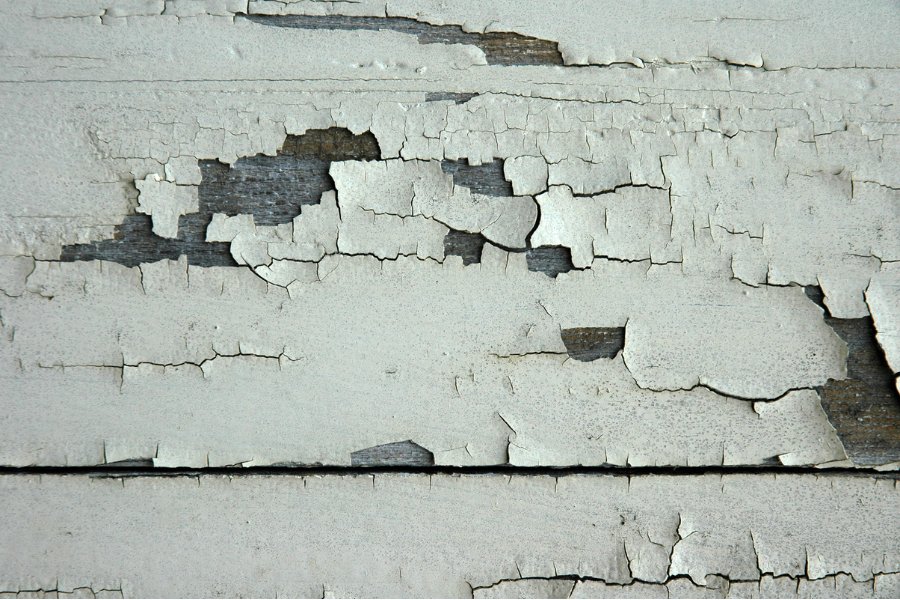
Here are a few ways you can look for lead in furniture:
- Visual Inspection: Look for cracking, chipping, or flaking paint, which might indicate the presence of lead.
- Lead Test Kit: Use a lead test kit available at most hardware stores. These kits typically have swabs that change color to indicate lead.
- Age of Furniture: Furniture made before the 1960s is more likely to contain lead paint, so if you know the furniture is super old, it’s important you check for any lead content
Lead is particularly harmful to young children and pregnant women, and putting yourself or your loved ones at risk is never worth it.
2. Don’t Buy These Used Furniture Items
Now, of course, some items can be used and reused again and again.
But on the other hand, there are also a few items that you should not buy used.
- Mattresses, Pillows, and bedding items: Okay first off buying used mattresses, pillows, and bedding is super gross 🤢, and there is nothing anyone could say to change my mind lol because not only is there a risk of bed bugs, dust mites, and allergens but there’s thousands and thousands of dead skin cells just hanging around!
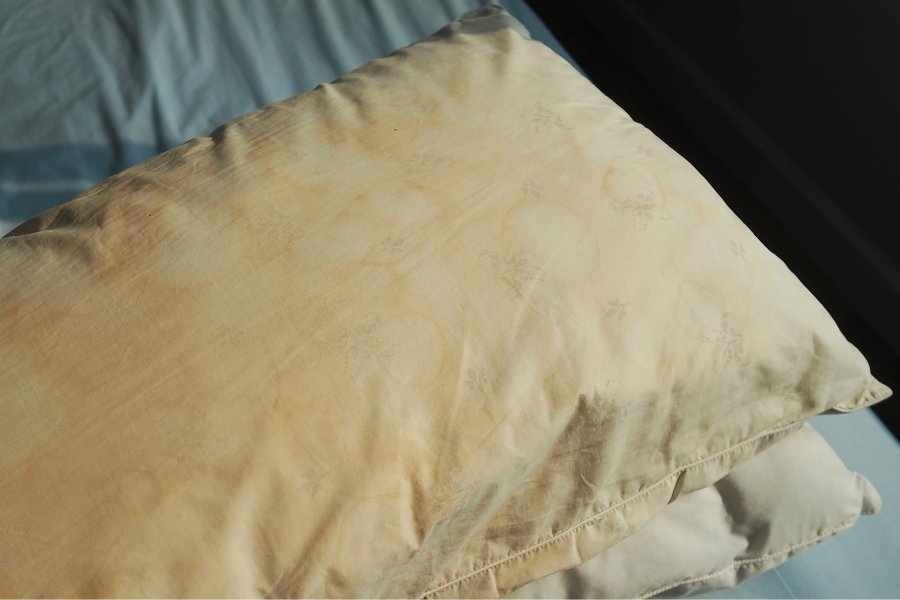
- Cribs and Bassanets 🍼: Cribs require crucial certifications and safety standards that need to be up to date.
- Buying used could put you at risk of buying a product that may be recalled and even unsafe for your child.
It’s best to buy these items new, to ensure you get a safe, clean, and effective product.
3. Can You Really Fix it?
Here’s a piece of advice from someone speaking from experience… Maybe you can fix some things but no one can fix everything. And that’s OKAY!
Part of being a smart and effective secondhand furniture shopper is understanding your skills and your limits.
The last thing you want to do is buy furniture that needs a lot of work and you end up getting waaaay in over your head or you end up spending a lot more than you bargained for (literally)…
Consider these things before you purchase used furniture:
- Are you willing to spend more money to fix up this item? How much more?
- How much time are you willing to spend fixing it?
- Do you have the skills to make this a project you’ll be happy with in the end?
- Are you willing to learn from YouTube and DIY tutorials?
- Is it really worth it?
Not every piece of used furniture will need work but some do…
Once you’ve really considered these questions you’ll be a whole lot more prepared to start any furniture fixer-upper.
4. Check for Pests or Mold
Always, always, always check for pests and mold.
It may be gross and people may look at you weird when you start examining the furniture but the last thing you want is to bring mold or pests like bed bugs into your home.
Mold and pests can find their way anywhere but especially look for mold in and on wood furniture and bed bugs on upholstery furniture.
5. Know the Source & Check For Recall
When buying used furniture, it’s really important to know where it’s coming from.
Always buy from a reputable source like a well-known second-hand store or a trusted online marketplace.
It reduces the risk of getting something with hidden damage or, worse, things like bed bugs or mold.
Plus, if there’s an issue, some reputable stores have some sort of buyer protection or return policy but not all.
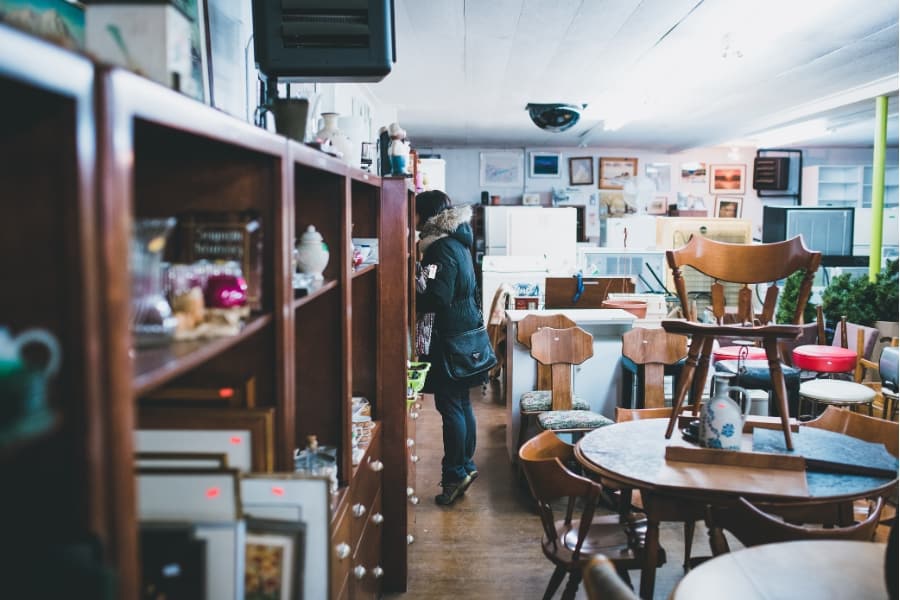
Another thing you should be aware of is any recall history.
This can be harder to track down for certain items especially more antique ones but there are a few ways to protect yourself from buying something that’s been recalled.
First, look for the model number or the manufacturer’s name on the furniture. This is usually found on a label or stamp on the furniture.
Then use the manufacturer’s website or the Consumer Product Safety Commission (CPSC) Website www.cpsc.gov to track down any potential recalls.
Why Is Buying Secondhand Furniture A Good Choice?
Buying secondhand items can be both a sustainable and non-toxic choice.
Purchasing used furniture items minimizes waste sent to landfills and for every item purchased secondhand or used, that’s one less item disposed of prematurely.
But wait there’s more!
Many new products, especially in the furniture and electronics industries, off-gas VOCs when they are first produced. Over time, products typically off-gas less making them safer to have in the home.
By purchasing secondhand, you can reduce your exposure to these new product emissions.
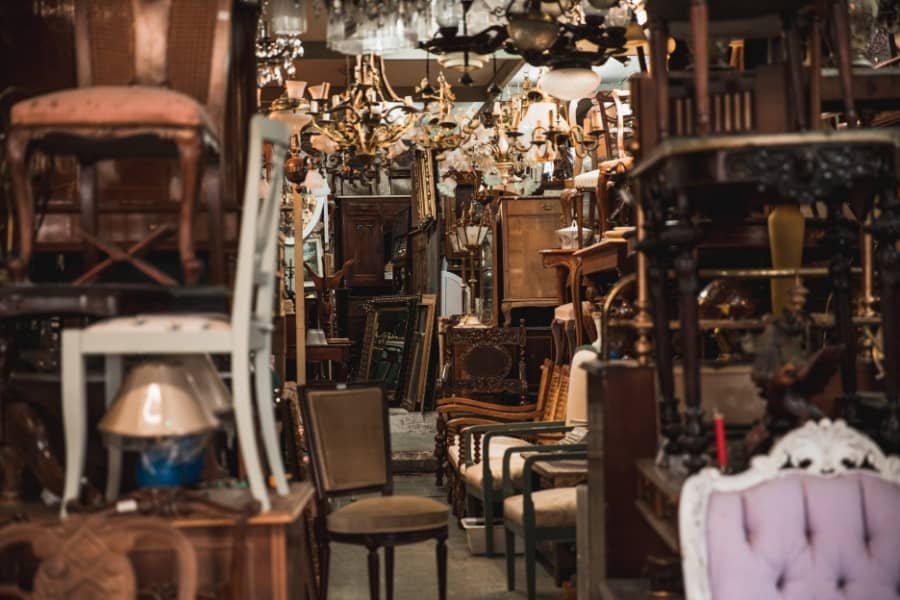
For the most part, buying refurbished or secondhand can be a fantastic way to make environmentally conscious and even non-toxic choices.
But it’s crucial to be informed, research each purchase, and weigh the pros and cons according to the specific item and your needs.
